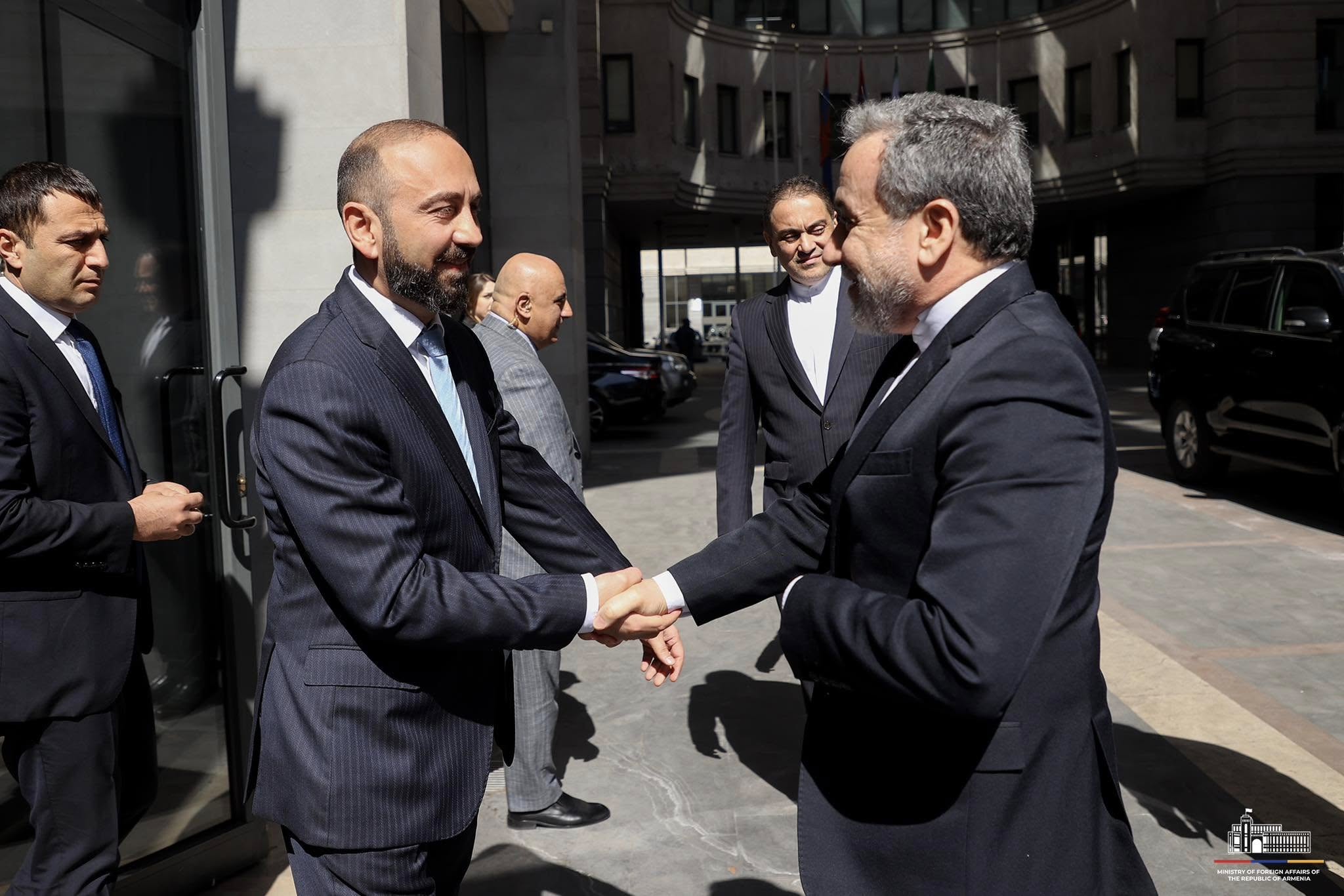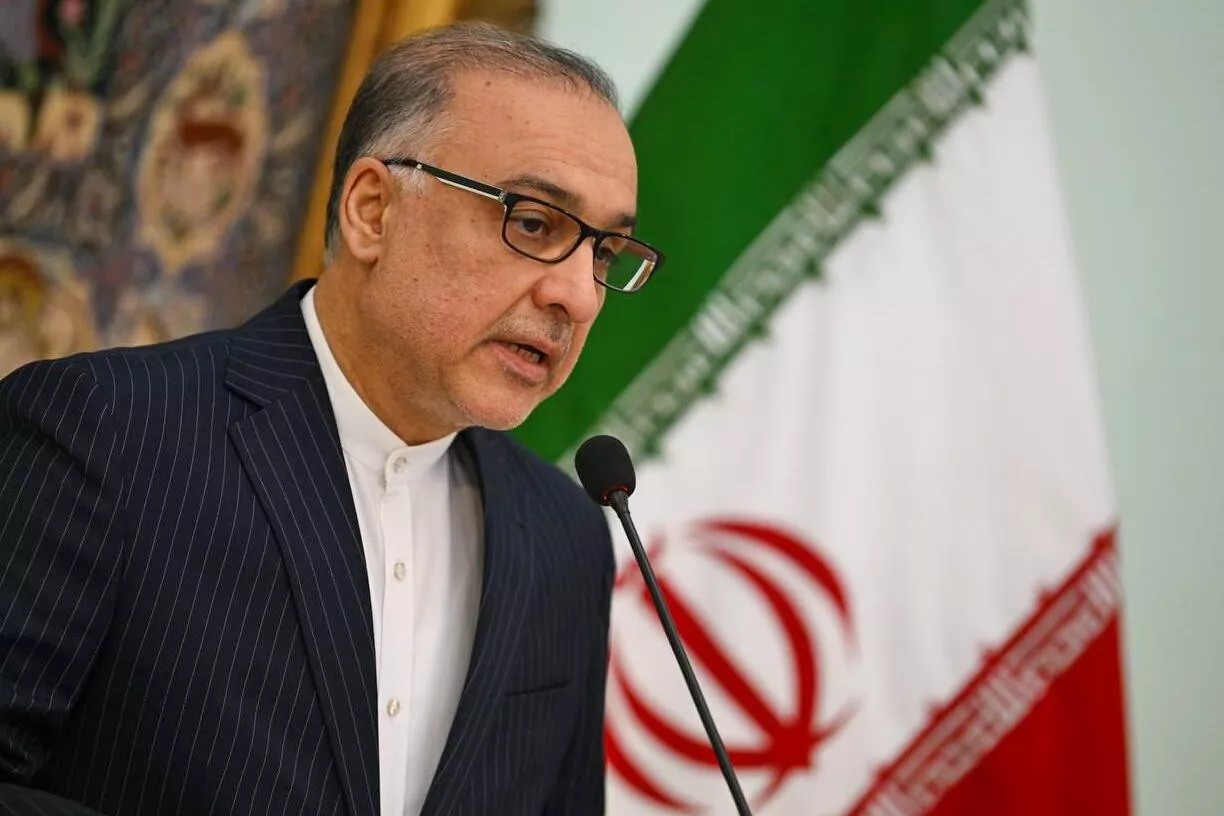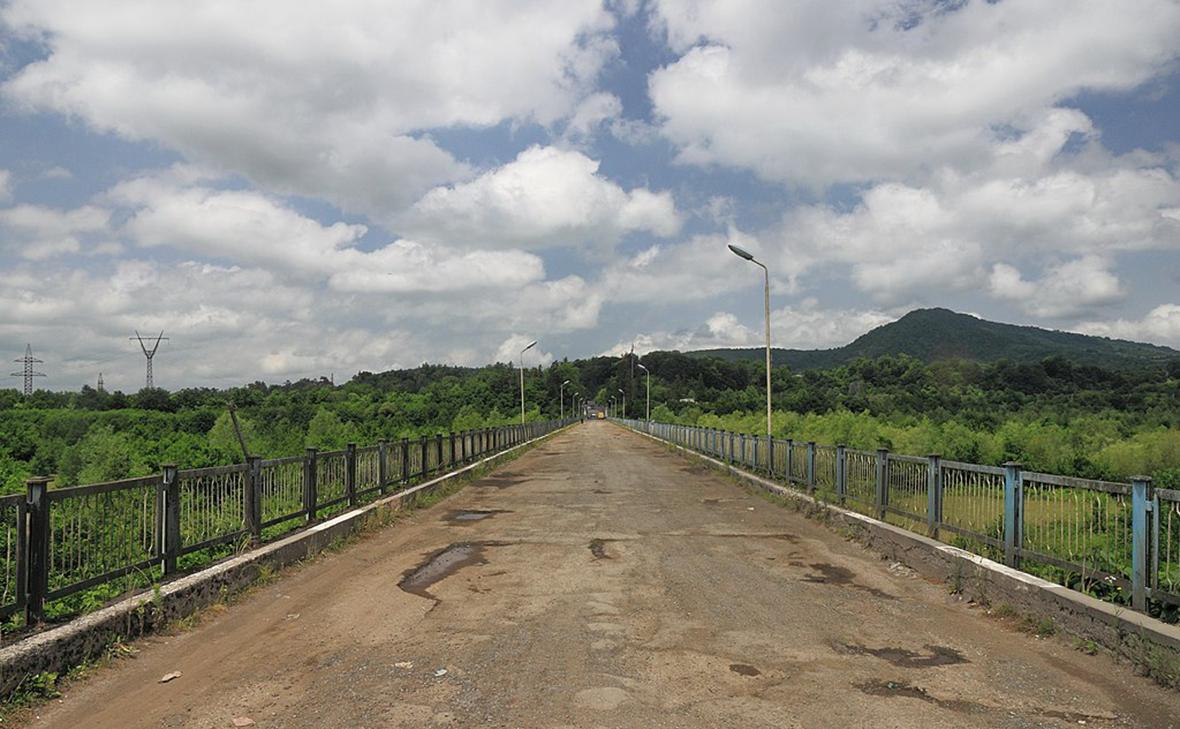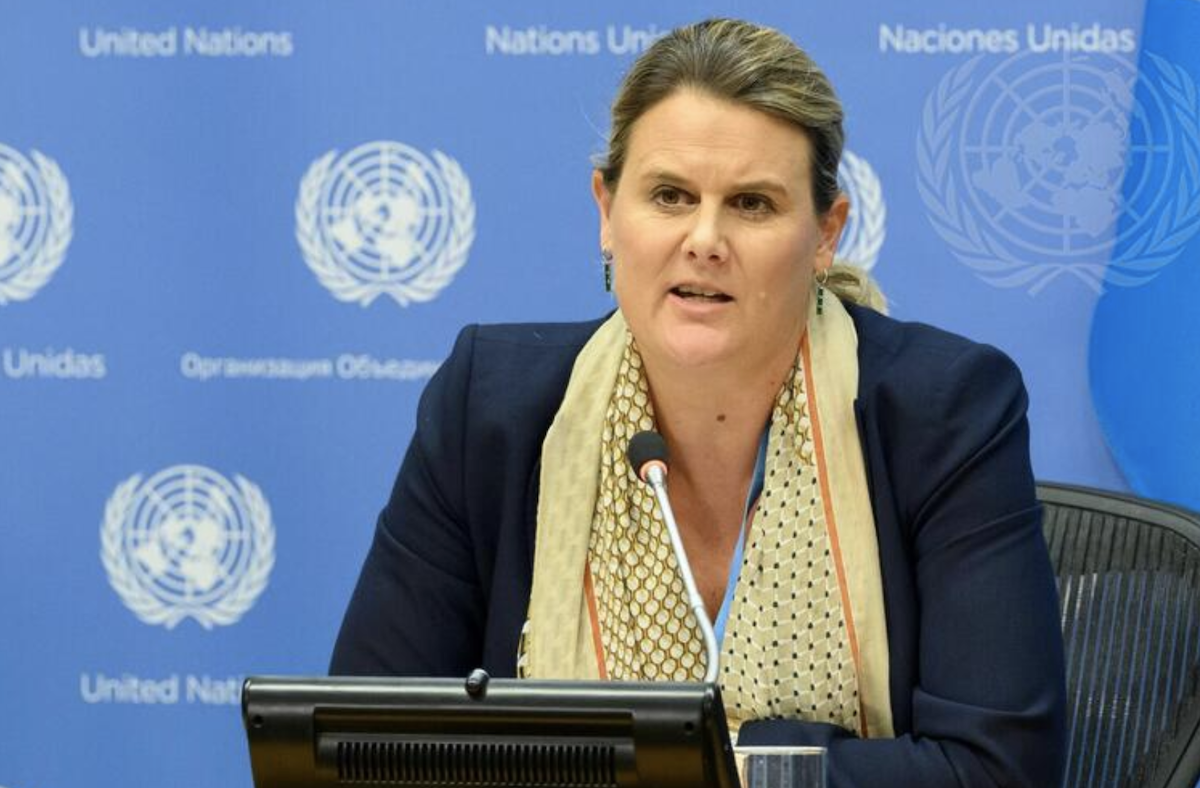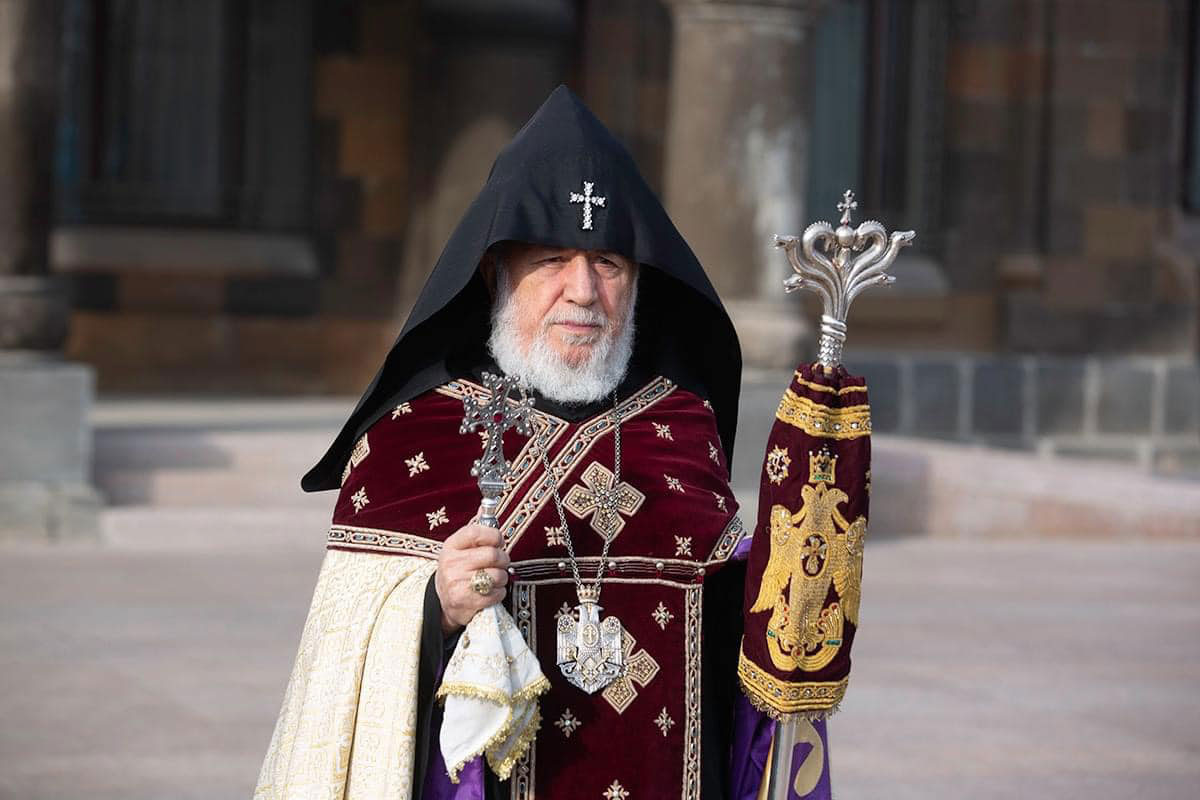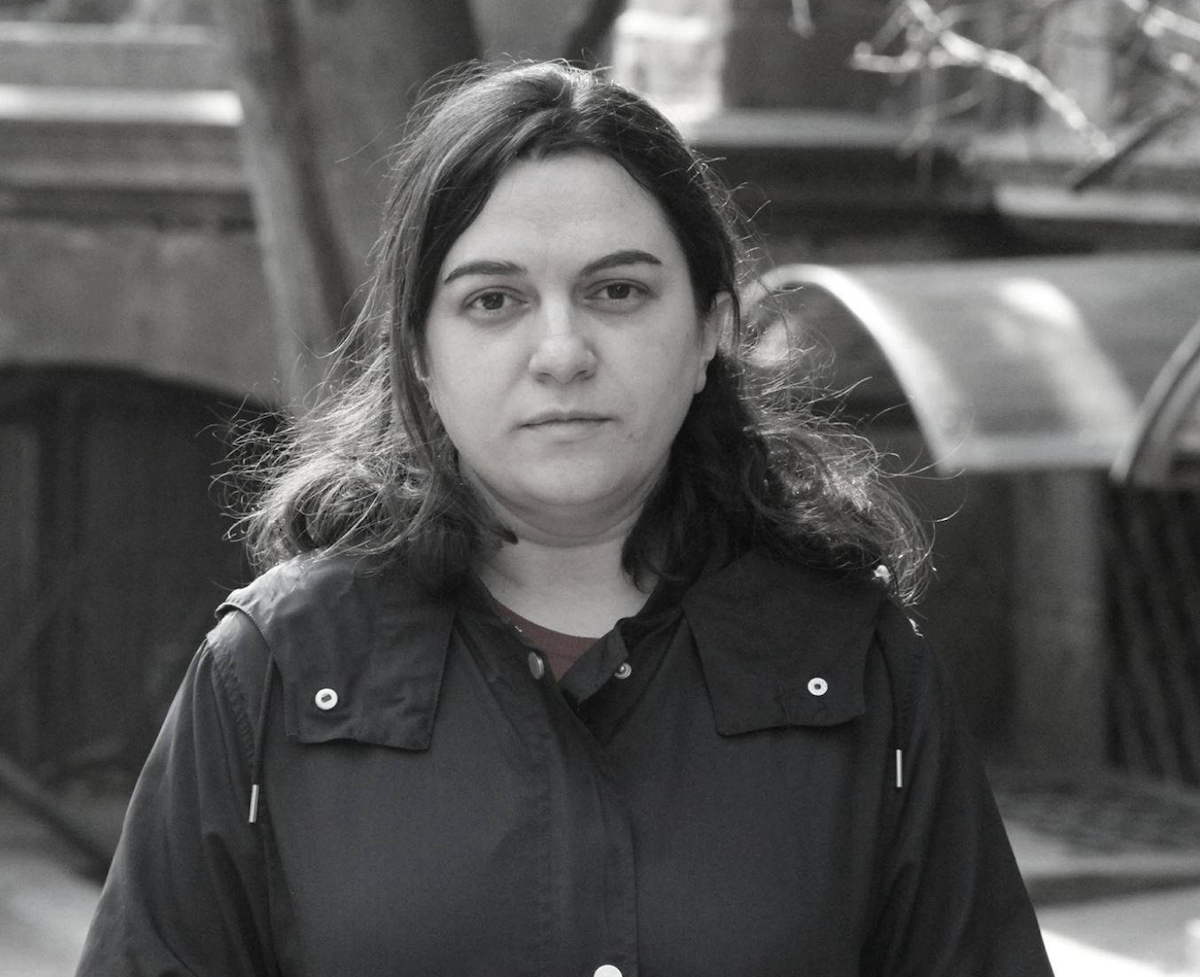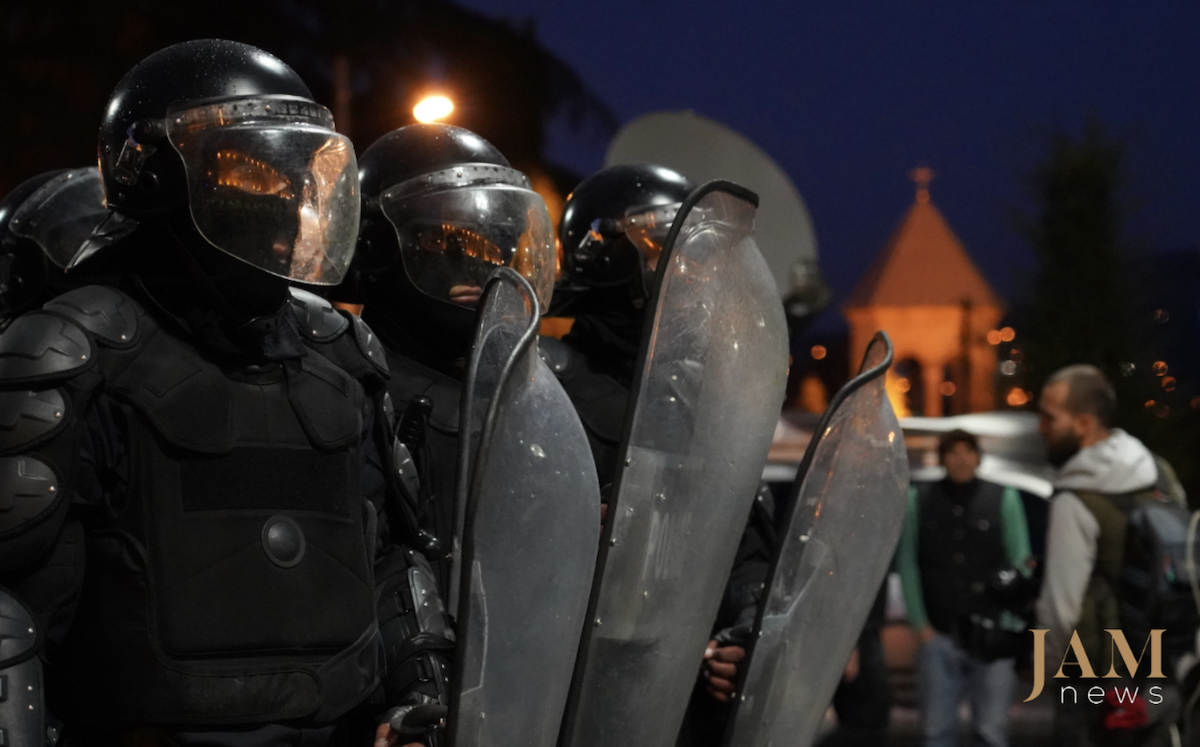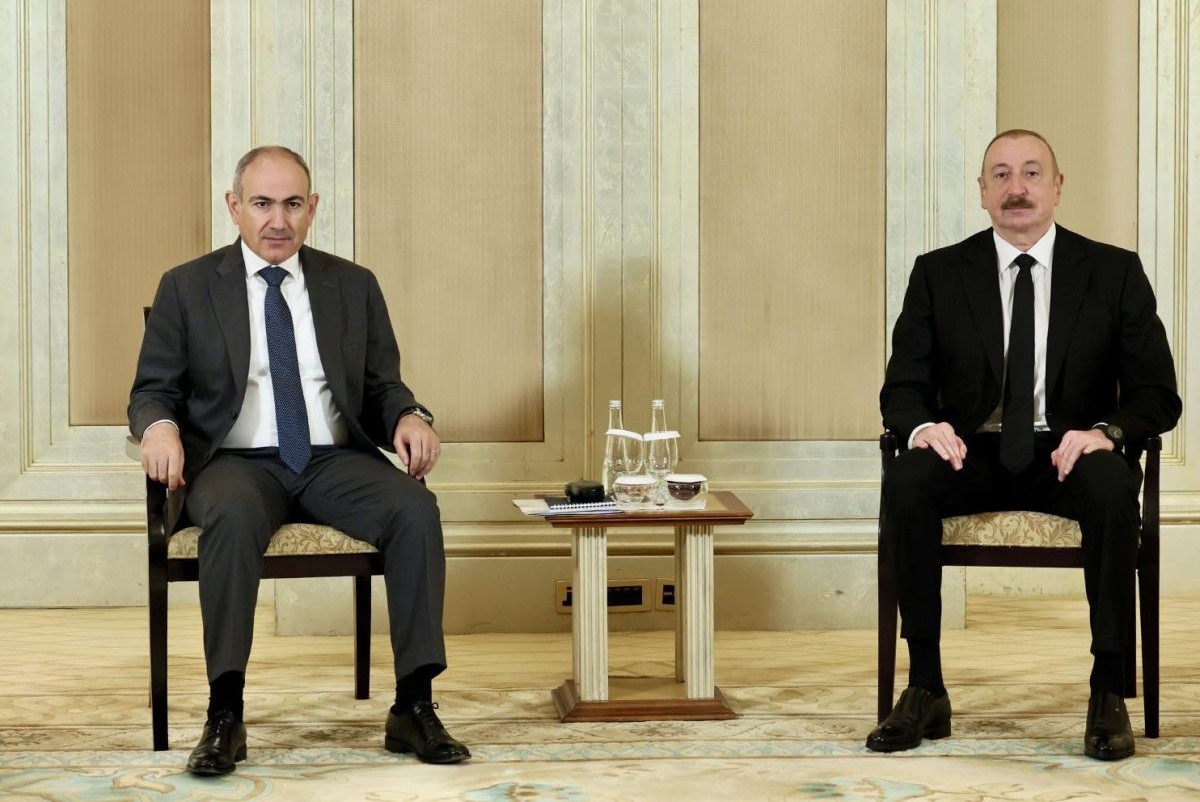'Political message to Baku — and beyond': on Armenian-Iranian military drills
Armenian-Iranian military drills
Armenia and Iran are holding two-day joint military exercises. Yerevan has stated that the participants will practise countering attacks by terrorist groups on border checkpoints. Tehran described the drills as peaceful and assured that “the border areas of the two countries face no threat.”
The exercises have drawn considerable attention within Armenian society, as they are taking place against the backdrop of a possible military escalation from Azerbaijan in this very direction.
This suspicion is fuelled by Baku’s ongoing accusations against Armenia of alleged ceasefire violations along the border — claims that are promptly denied not only by Armenia’s Ministry of Defence, but also by the EU observer mission patrolling the Armenian-Azerbaijani frontier. In many cases, reports from Baku about fire coming from Armenian positions have preceded military action initiated by Azerbaijan itself.
The EU mission also recently reported an increase in night patrols on the Armenian side of the border since March, citing the need to “enhance security and ease potential tensions.”
Political analyst Hakob Badalyan believes the Armenian-Iranian drills carry an important political message: that Iran and Armenia are capable of “jointly managing security risks.” While the message is directed at Azerbaijan, he says it goes beyond that:
“Azerbaijan is a tool — or mechanism — through which certain interested parties can destabilise the situation in the Caucasus. The range of actors with such interests is broader, and so is the intended audience of this message. It is not directed at Baku alone.”
- Opinion: ‘If Baku cared about security, it could have negotiated practical guarantees with Yerevan’
- Opinion: ‘If Armenia abandons its red lines, it will only be state on paper’
- ‘No grounds to reject Yerevan’s proposal on unblocking’ – Pashinyan
- Opinion: Armenia must use its trump card on road unblocking issue
Drills are held under “peace” slogan
Armenia’s Defence Ministry announced that joint drills with Iranian and Armenian special forces will be held on 9–10 April. Notably, the units from each country will operate strictly within their own territory.
Deputy Commander of the Ground Forces of Iran’s Islamic Revolutionary Guard Corps, Valiollah Madani, stated that the drills will be held in the border area of Norduz.
Norduz borders the Armenian community of Agarak in the Syunik region. This is the area through which Azerbaijan has been demanding a so-called “Zangezur Corridor” — an extraterritorial route linking Azerbaijan to its exclave, Nakhichevan, via Armenian territory. Yerevan has said it’s ready to unblock regional transport links, but firmly rejects the idea of a “corridor,” which would mean giving up sovereignty.
Madani also stated that the purpose of the exercises is to enhance border security. According to him, the border areas between the two countries are of strategic importance, given the “vulnerable position of the region.” At the same time, he assured that “there is currently no threat to the border areas” of Iran and Armenia. The exercises, he emphasised, are being held under the slogan “Peace.”
Expert commentary
Political analyst Hakob Badalyan views the exercises as significant on multiple levels. The most important, he says, is maintaining relative stability along the border with Azerbaijan.
“Iran’s role in the broader framework of regional security risk management is unique, as its range of interests most closely aligns with those of Armenia. Moreover, judging by the situation on the ground, Iran is geographically closer and more accessible in terms of potential cooperation,” he told JAMnews.
He believes these drills could lay the groundwork for deeper defence cooperation:
“But it’s too early to draw conclusions about military-technical assistance. Developing coordination mechanisms is important in itself — regardless of whether weapons are supplied.”
Badalyan also stressed Iran’s importance for Armenia in arms logistics, noting there’s no alternative route for transporting weapons bought from India.
Tehran has repeatedly declared that any change to the Armenia–Iran border is a red line. When asked if Iran would intervene should Azerbaijan try to seize the so-called “Zangezur Corridor” by force, Badalyan replied:
“Relying on any single country — whether Iran, Russia, the US, or France — especially in the context of a collapsing world order, would simply be a mistake. And having full confidence in the behaviour or position of any major power would be an illusion.”
However, he stressed that Armenia and Iran share significant mutual interests in preventing the creation of a “Zangezur Corridor”:
“Yerevan must engage intensively with Tehran to become one of Iran’s key partners on this issue and work together to ensure stability, border inviolability, and territorial integrity.”
Badalyan also noted that Russia wants to control roads through Armenia, while Iran opposes their dominance by Turkey, Azerbaijan, or the West. At the same time, he noted the shifting strategic interests and priorities of the United States. He believes it’s too early to draw conclusions and suggests waiting for the outcome of Washington–Moscow talks and whether South Caucasus transport routes will be discussed.
Hakob Badalyan is convinced that a resolution on the “corridor” issue requires an international consensus involving Russia, the US, the EU, Turkey, and Iran.
“There can be no such thing as a default consensus on this,” he said.
He recalled that such a consensus did exist regarding the departure of Armenians from Nagorno-Karabakh. In his view, the exodus of the Armenian population occurred because all major powers viewed it as a “stone” that, once removed, would clear the way for a broader competition over regional roads.
The unblocking of regional transport routes, he argues, holds strategic significance for all stakeholders:
“I can’t imagine an international consensus on this issue. I believe there will be intense competition — both open and behind the scenes — over these roads. That is where the main risks lie.”










